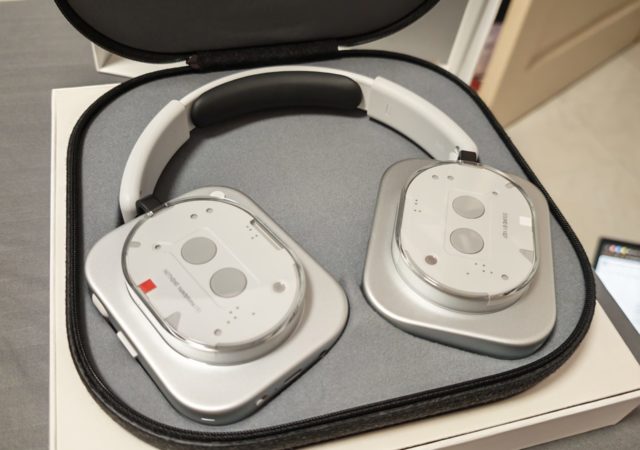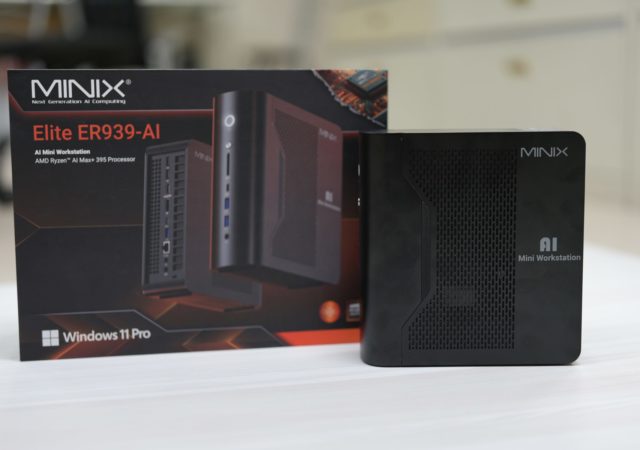We live in a time of great change, and technology is a big catalyst in this transformation. In fact, thanks to technology, the rate of change around us continues to accelerate, creating significant challenges across the spectrum of IT, business, and society.
In the words of Jim Whitehurst, our CEO, “People recognize that they are not capable of innovating at the pace they want to innovate; and they recognize that paddling harder isn’t working.” In order to overcome these challenges, fresh thinking and creative solutions are needed, and it can be too much for one person or an individual organization to address them alone.
That’s why we must now find new ways to work together. We need to embrace the notion that participation is the new innovation. To do that, we need to be willing to toss out our conventional thinking about how work gets done.
It’s just like an orchestra. While each and every individual musician is talented, the role of the conductor is to bring those individuals together in a way to produce something that is greater than any one of those musicians could produce on their own.
Here, we highlight the key technology updates discussed at Red Hat Summit 2016 in San Francisco where participation was the theme of the week.
1. Open source
Businesses need to be more than consumers of open source technology – they have to be contributors, too, as the resources they needmay span different organizations as well as geographies. Success will follow when businesses collaborate to create new innovations that would not have been possible without partnership.
Touching upon the theme of innovation through partnership and participation, we announced our partnership with Eurotech, a leading provider of Machine-to-Machine (M2M) platforms and Internet of Things (IoT) solutions, to launch a new, open source Eclipse Foundation project to manage IoT edge devices, from connectivity and configuration to application lifecycle. The co-sponsored project, Eclipse Kapua, combines with the existing Eclipse Kura project to offer IoT developers and end users an open platform for end-to-end IoT implementations, helping them avoid costly, proprietary lock-in, while accelerating community-driven development.
This collaboration represents a significant boost to open source IoT solutions and marks the development of the first end-to-end, open source, IoT platform.
2. Containers
Containers are driving a rapid evolution of the enterprise computing stack. However, while this innovation is happening quickly, enterprise-grade solutions – hardened and standardized for the rigors of business computing – have been slow to follow. In particular, as containers move from experimentation to enterprise-reality, security is becoming increasingly paramount — as is retaining existing investments in IT and maintaining stability for the future.
Launched at Red Hat Summit 2016, we now deliver the industry’s broadest, enterprise-grade set of solutions for the deployment of Linux containers and container infrastructure across the enterprise, which includes a new container-scanning interface to enable security partners to easily plug into Red Hat OpenShift Container Platform.
3. Analytics
As existing workloads evolve, and new deployments grow in size and complexity, risk management is a key challenge as well as a necessity for enterprise IT. There will be added pressure on IT organizations to rapidly evolve their operational capabilities.
The next generation of Red Hat Insights expands the depth and breadth of analytics to support new environments and services, so businesses can easily reach their business goals. Insights has now updated its OpenStack cloud capabilities, and an Actions Insight Planner to add customisation to task assignments.
The majority of these updates will ensure components, such as the OpenStack-based private cloud infrastructure, run smoothly. In addition, we also added container workload analysis in order to provide greater visibility so that businesses can safely adopt containers.
4. Cloud
Customer demands are increasingly focused on rapidly advancing their hybrid cloud strategies, as well as the need for an all-in-one consistent management view for physical, virtual, and cloud environments. With the hybrid cloud management market rapidly maturing and growing, more developers and I&O professionals are looking at it as a way to address the needs of a growing multi-cloud portfolio.
The latest version of our hybrid cloud management platform – CloudForms 4.1 – is capable of supporting Amazon Web Services, Microsoft Azure, and now Google Cloud Platform, making it a comprehensive, hybrid cloud management solution for businesses.
5. JBoss
We believe organizations should be able to choose when and how they move to new architectures and programming paradigms. This freedom is a hallmark of open source. In line with this belief, we announced the general availability of Red Hat JBoss Enterprise Application Platform 7 (JBoss EAP) and introduced JBoss Core Services Collection to provide customers with common and fundamental application components.
With JBoss EAP 7, our aim is to help enterprises use and extend their existing application investments as they begin to transition to emerging architectures and programming paradigms that will require a lightweight, highly modular, cloud-native platform.
***
For the LATEST tech updates,
FOLLOW us on our Twitter
LIKE us on our FaceBook
SUBSCRIBE to us on our YouTube Channel!






